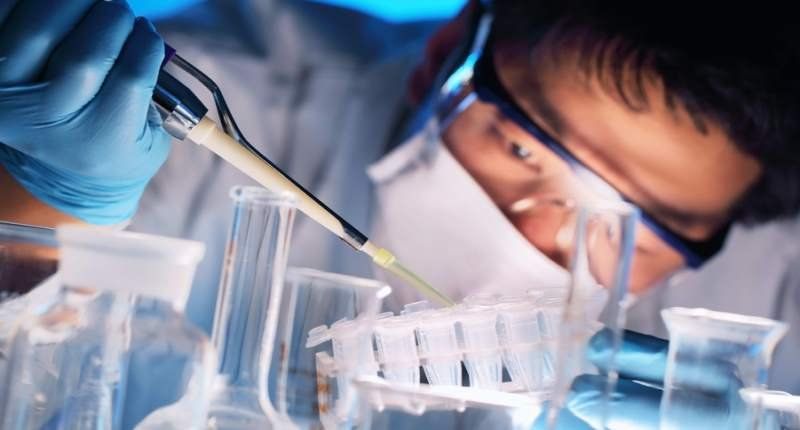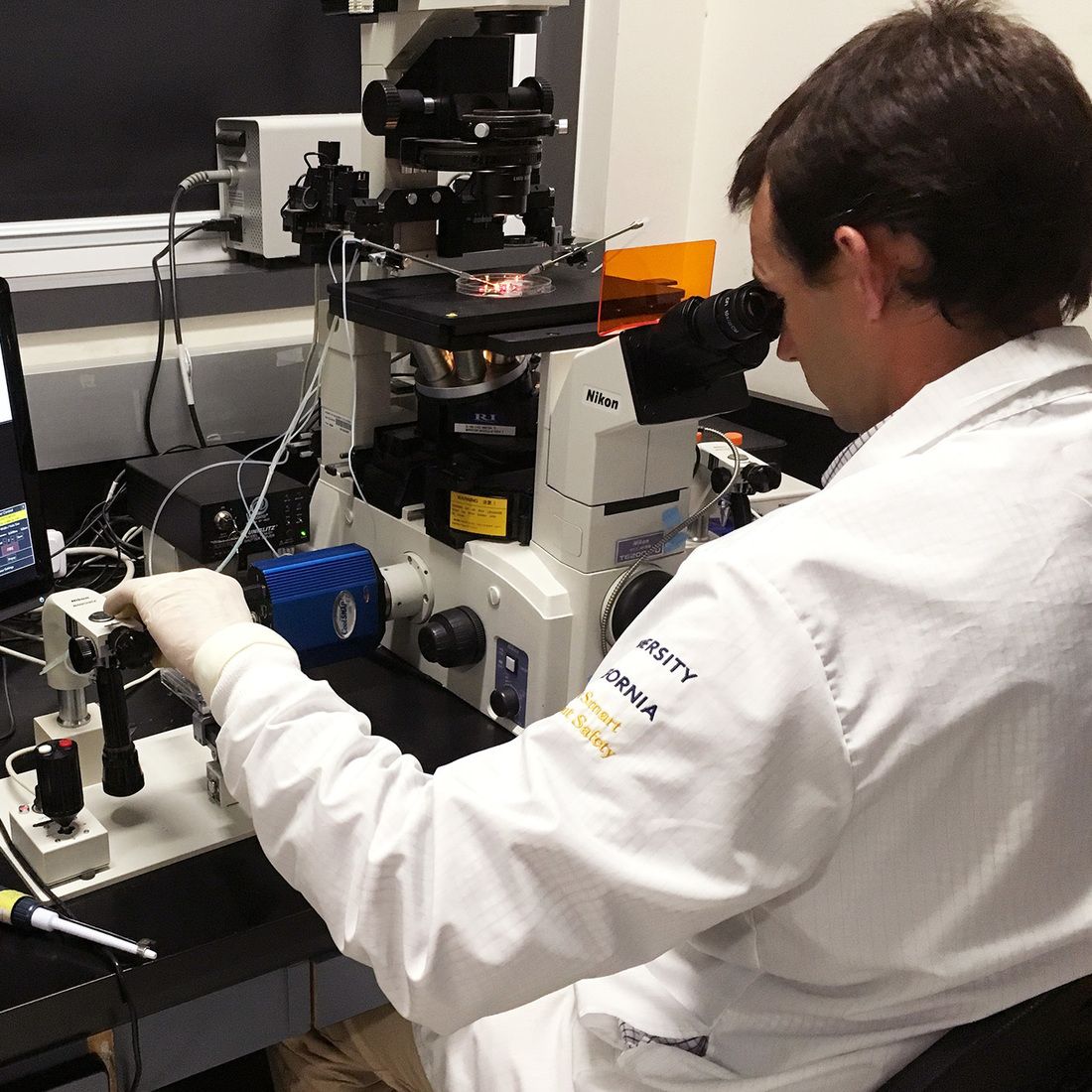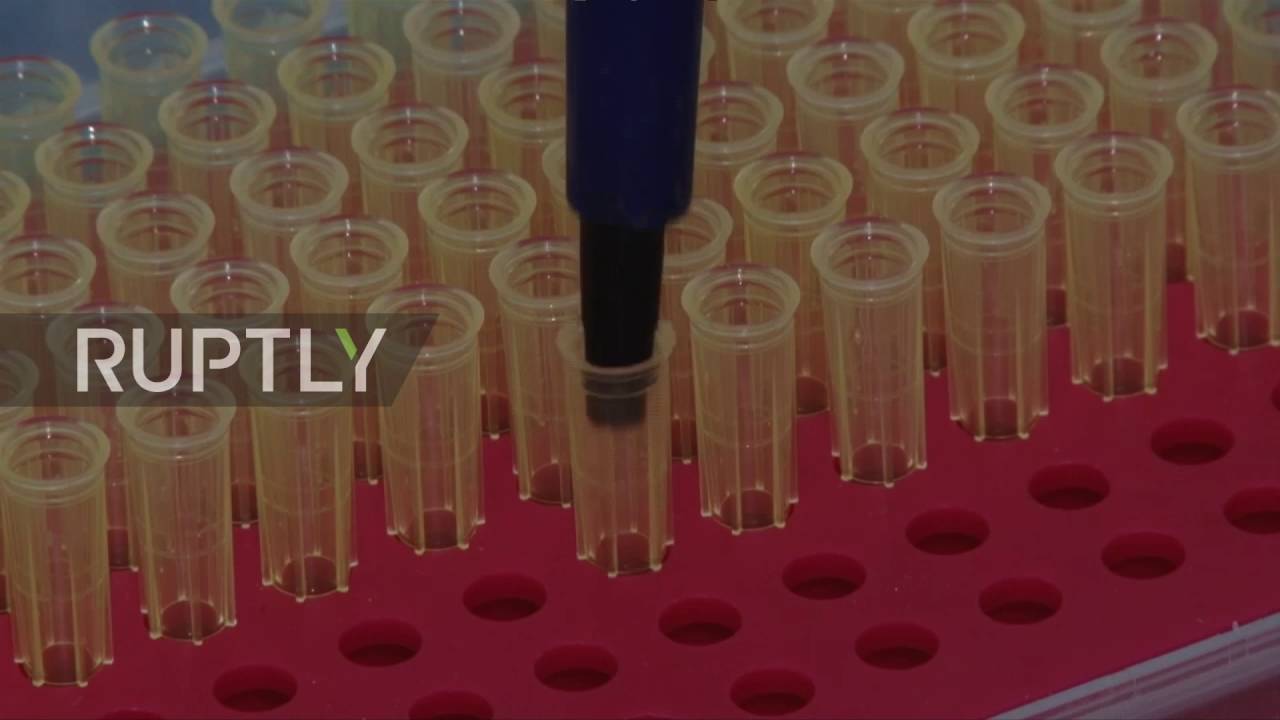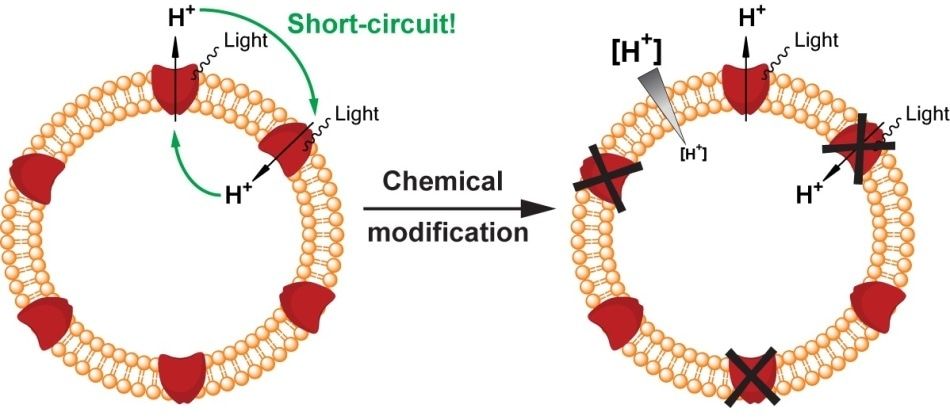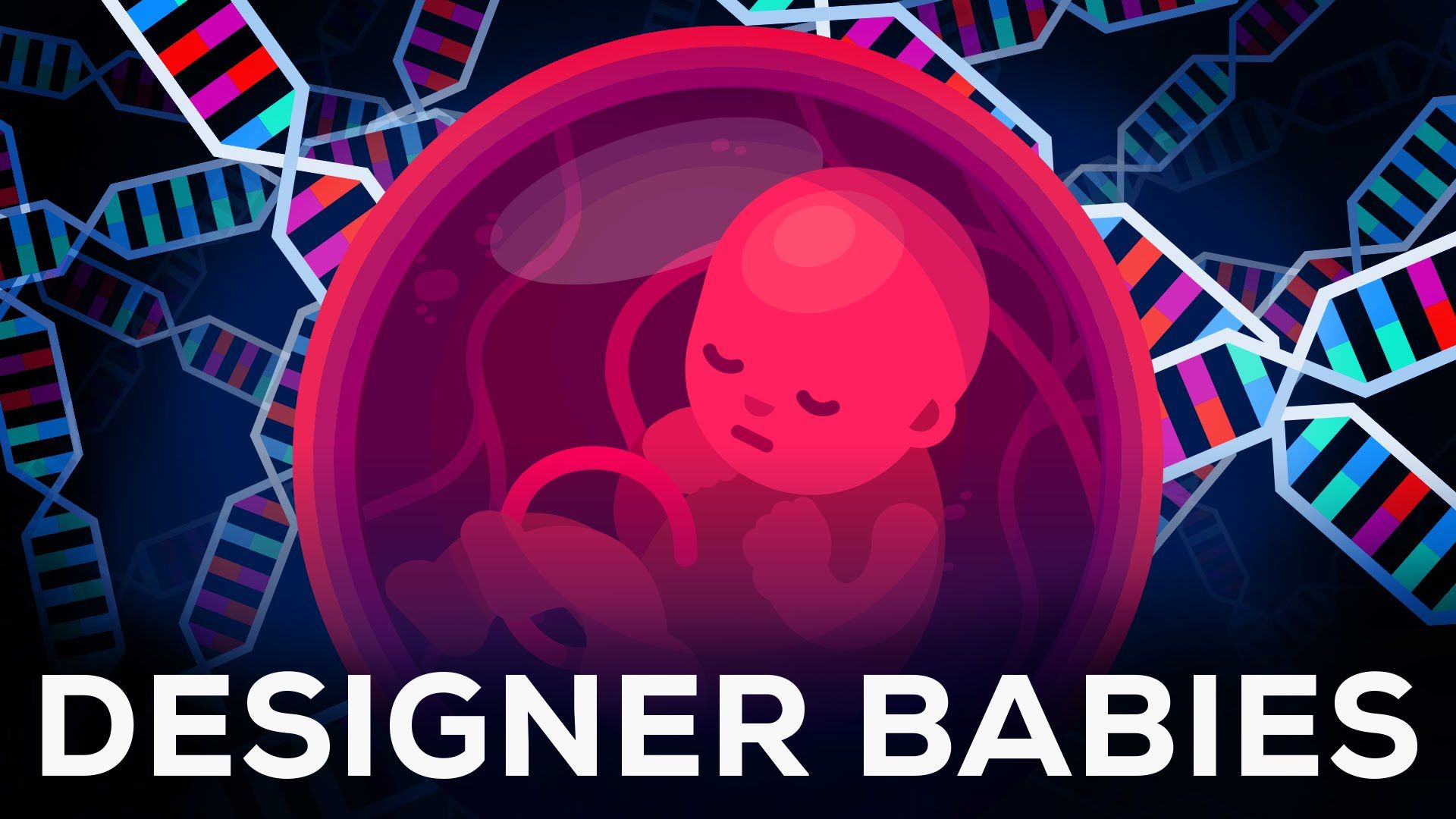US lawmakers have saddled American biotech with another legal restriction, and scientists are only partially engaging with this looming medical and economic problem.
Category: biotech/medical
As the biotech revolution accelerates globally, the US could be getting left behind on key technological advances: namely, human genetic modification.
A Congressional ban on human germline modification has “drawn new lines in the sand” on gene editing legislation, argues a paper published today in Science by Harvard law and bioethics professor I. Glenn Cohen and leading biologist Eli Adashi of Brown University. They say that without a course correction, “the United States is ceding its leadership in this arena to other nations.”
Germline gene modification is the act of making heritable changes to early stage human embryos or sex cells that can be passed down to the next generation, and it will be banned in the US. This is different from somatic gene editing, which is editing cells of humans that have already been born.
G. Owen Schaefer, National University of Singapore
Would you want to alter your future children’s genes to make them smarter, stronger or better-looking? As the state of the science brings prospects like these closer to reality, an international debate has been raging over the ethics of enhancing human capacities with biotechnologies such as so-called smart pills, brain implants and gene editing. This discussion has only intensified in the past year with the advent of the CRISPR-cas9 gene editing tool, which raises the specter of tinkering with our DNA to improve traits like intelligence, athleticism and even moral reasoning.
In Greek mythology, the Chimera is a monster that is part lion, part goat and part snake. Far from reality, sure, but the idea of mixing and matching creatures is real — and has ethicists concerned.
That’s because last week, the National Institutes of Health proposed a new policy to allow funding for scientists who are creating chimeras — the non-mythological kind. In genetics, chimeras are organisms formed when human stem cells are combined with tissues of other animals, with the potential for creating human-animal hybrids.
Russian scientists said they have artificially produced a unique molecule that can rapidly regenerate damaged human tissue, boasting both antibacterial and antiviral defenses, as well as stem cell growth stimulation.
The peptide, Acegram, was developed at a laboratory in the Russian Ural city of Chelyabinsk.
The molecule is said to have a very strong regenerating effect due to attracting healthy cells to injured, irritated areas in the human body.
The US Department of Defense has developed a portable, on-demand biopharmaceutical production system that could be used in warzones to make treatments at point-of-care.
The platform was developed as part of a US Defense Advanced Research Projects Agency (DARPA) program to provide far-forward-deployed Service members “what they need when they need it, obviating the need for individual drug stockpiling, cold storage, and complex logistics,” Tyler McQuade, program manager for DARPA’s Battlefield Medicine program, told Biopharma-Reporter.com.
The platform, developed in conjunction with researchers at the Massachusetts Institute of Technology (MIT), consists of a biologics expression system engineered to secrete multiple therapeutic proteins and a millilitre-scale perfusion microfluidic platform.
Synthetic biology is an emerging and rapidly evolving engineering discipline. Within the NCCR Molecular Systems Engineering, Scientists from Bernese have developed a version of the light-driven proton pump proteorhodopsin, which is chemically switchable and it is also an essential tool to efficiently power synthetic cells and molecular factories.
Synthetic biology is a highly complex field with numerous knowledge branches that incorporate physics, biology, and chemistry into engineering. It aims to design synthetic cells and molecular factories with innovative functions or properties that can be applied in medical and biological research or healthcare, industry research.
These artificial systems are available in the nanometer scale and are developed by assembling and combining current, synthetic or engineered building blocks (e.g., proteins). Molecular systems are applicable for a wide range of applications, for instance these systems can be used for waste disposal, medical treatment or diagnosis, energy supply and chemical compound synthesis.
Hmmm.
With the advent of CRISPR genetic engineering technology, humanity is on the cusp of an evolutionary revolution. We now possess the technology to modify our own genetic code (DNA). In a few more years, it will become more reliable, less expensive, and more available.
That is, of course, assuming that governments don’t outright ban the technology. We all know how successful government prohibition of technology or medical procedures (not very) has been, but that isn’t to say they can’t cause untold suffering in the meantime. How?
Assume for a moment that CRISPR (or its future technological offspring) allows us to modify our DNA to eliminate a specific disease that, if treated traditionally, would result in years of suffering or even death. It would be absolutely immoral for governments to withhold this technology in such a case. They would be directly causing human suffering.
While existing methods like cold, flash and cloud storage are trying to remake themselves in the age of Big Data, there are also a number of alternative methods being developed that suggest looking outside of traditional methods could be our best bet for storing and managing such unprecedented amounts of data.
Here are three methods to look out for:
We are about to witness a data storage breakthrough in which digital information could be embedded into the primary fabric of our being: the double helix of DNA. As a storage system, DNA is both compact and durable, with a single gram of DNA able to store almost a zettabyte of digital data. Now that scientists can successfully create synthetic DNA, it follows that we will be able to control what information gets stored on those strands.
In a set of studies in mice bearing human tumors, nanoparticles designed to bind to a protein called P-selectin successfully delivered both chemotherapy drugs and targeted therapies to tumor blood vessels. Targeting the blood vessels improved the delivery of drugs to tumor tissue, causing the tumors to shrink and improving how long the mice lived.
A tumor’s blood vessels can serve as a barrier to engineered drug-delivery systems like nanoparticles, which may not be able to cross the blood vessel wall. However, the same blood vessels may express proteins—such as P-selectin—that researchers can potentially exploit, by engineering their nanoparticles to recognize and latch onto those proteins, which enables them to reach the tumor.


